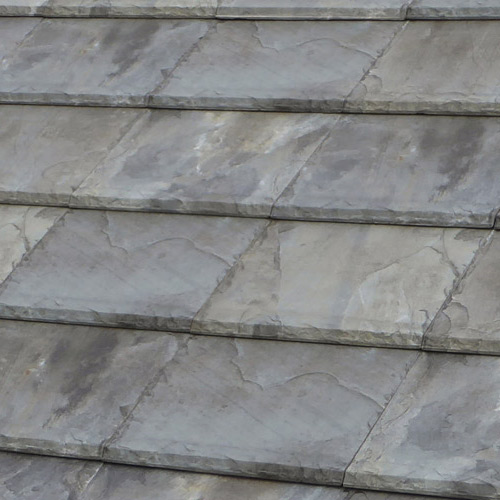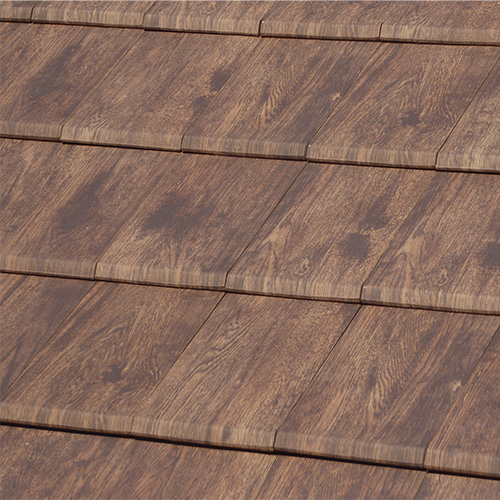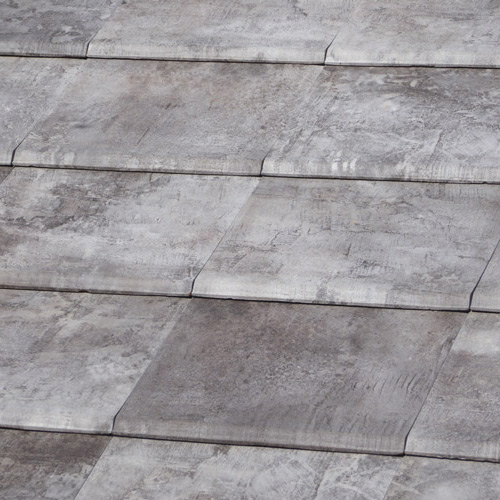As the world increasingly seeks sustainable building solutions, roofing professionals and high-end home builders are finding themselves at the forefront of a significant shift. The integration of innovative technologies like solar roof tiles is not just a nod to eco-friendliness—it’s a robust answer to the growing demand for energy-efficient, aesthetically pleasing homes. Today, European-style, ceramic solar roof shingles (or “tiles”) are becoming a pivotal part of discussions in architectural design meetings and client consultations, offering a sleek, integrated look while packing the dual benefits of traditional roofing and high-efficiency solar panels.
This emerging technology combines the aesthetic of natural slate roofing with all the benefits of ceramic tile and the modern necessity of renewable energy, allowing professionals to offer cutting-edge solutions that resonate with environmentally conscious consumers. By understanding the mechanics, benefits, and solar roof tile installation process, you can enhance your service offerings, meet the evolving preferences of clients, and lead the way in a competitive market that values both aesthetics and environmental responsibility. Let’s dive into the details of this award-winning technology and compare solar roof tiles vs panels.
What are Photovoltaic Shingles and How Do They Work?
European ceramic solar roof tiles, like those manufactured by Tejas Borja, are a groundbreaking fusion of traditional aesthetics and modern photovoltaic technology. These tiles transform sunlight into electricity without compromising the visual harmony of a home’s exterior. Here’s a closer look at how this innovative technology works and its place within the broader context of renewable energy solutions.
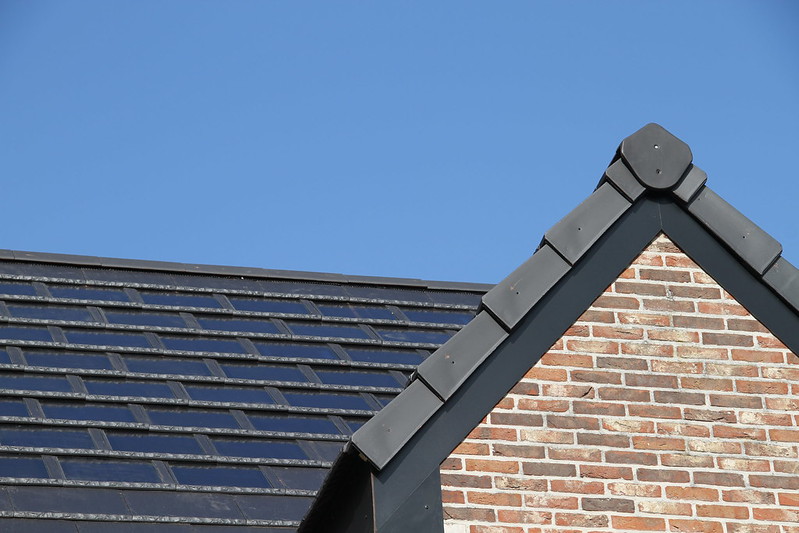
Photovoltaic shingles function similarly to standard solar panels, but with a crucial distinction—they integrate seamlessly into the roofline, unlike the bulkier panels that mount on top of existing roofing. Each shingle contains photovoltaic cells made from silicon, which generates electricity by capturing solar radiation. This process starts when photons from sunlight knock electrons free from atoms within the cells, creating a flow of electricity. This electricity is then converted from direct current (DC) to alternating current (AC) using an inverter, making it usable for home appliances and lighting.
These slim glass photovoltaic panels then integrate directly with ceramic roof tiles and are applied in a traditional roofing pattern for a finished look that is almost indistinguishable. By avoiding visible connections, maintaining typical roofing thickness, and using a non-reflective, matte black finish this technology effectively creates solar panels that look like shingles while providing the functional benefits of solar power. Conventional solar panels on the other hand are fixed above the roof’s surface, making them more visible at any angle.
Solar roof tiles show advancements in how solar energy works within home designs, illustrating a broader trend towards less obtrusive renewable energy solutions. As solar technology continues to evolve, solar roof tiles stand out as a compelling choice for those looking to combine sustainability with style.
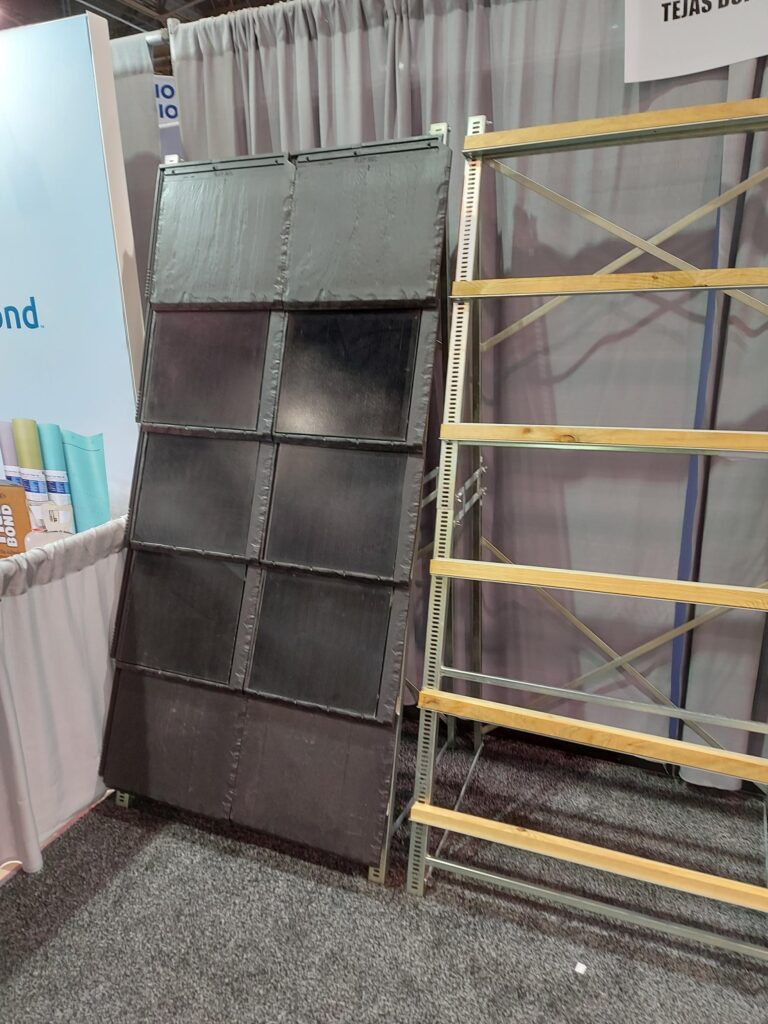
Breakdown of Solar Roof Tiles Cost
While solar roof shingles present a higher initial investment, the long-term savings and potential return on investment (ROI) make them an attractive option for both residential and commercial projects.
The upfront cost of solar shingles can vary based on several factors, including the size of the installation area, the specific product chosen, and the complexity of the installation. Generally, the initial expenditure for solar roof tiles is higher than for conventional solar panels due to their advanced aesthetic integration and dual functionality as both roof covering and energy generator. However, the long-term savings from solar roof tiles can be substantial. These savings come in the form of reduced utility bills thanks to the electricity generated by the tiles.
Additionally, solar roof tiles can increase property value, making them a smart investment for homeowners planning to sell in the future. For commercial projects, the benefits extend to enhanced building efficiency and the potential to meet more stringent environmental standards, which can attract eco-conscious tenants and customers. For roofing professionals and builders looking to provide a more detailed cost breakdown to their clients, contact Genest for a quote.
How Long Do Solar Roof Tiles Last?
Durability is a key factor when considering any building material, particularly those that form part of a building’s exterior. Tejas Borja’s solar roof tiles excel in this aspect, combining robust construction with cutting-edge technology to offer a product that not only looks great but also stands the test of time.
Photovoltaic shingles are designed for an average lifespan of 25-30 years, making them a better choice than traditional asphalt for roof longevity. Tejas Borja offers a 10-year guarantee for integrity and 25-year guarantee for power generation on the solar tiles themselves, plus a 50-year warranty on the ceramic tile base. This gives installers and homeowners piece of mind when choosing ceramic solar roof shingles for their construction project.
Unlike solar panels, which require brackets to be drilled into the existing roof surface, solar roof tiles screw directly into roof battens, ensuring superior watertightness that protects the structure of your home. The lack of brackets also means less opportunity for debris build up compared to solar panels. Like other roofing materials, maintenance includes occasional rinsing which can be done alongside routine gutter cleaning.
Solar Roof Tile Installation
Solar roof tile installation follows many of the same basic steps as traditional roofing: roof preparation with underlayment and double batten system, layout planning, and shingle installation. Tejas Borja has designed their integrated ceramic tiles to easily fit and interlock alongside one another. The solar roof tiles include pre-integrated electrical wiring with standard connections that help speed up installation. All Tejas Borja products come with an installation and safety manual that details the process and you can always contact an expert at Genest for questions and assistance in planning your solar roofing design
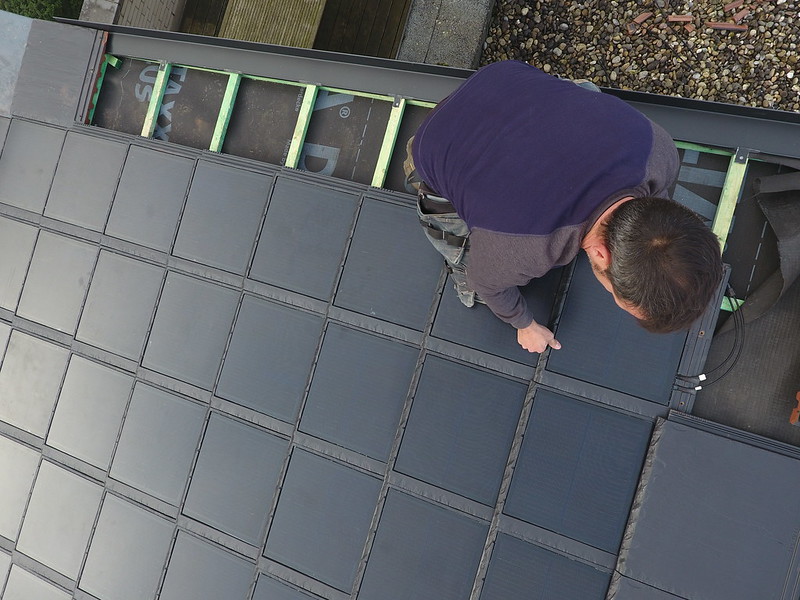
A Closer Look at Tejas Borja Solar Roof Tiles
We’re proud to carry products from Spanish company Tejas Borja, an innovator in roofing solutions since 1899. Their photovoltaic ceramic roof tiles are available to roofing professionals and homeowners in two variations: Solar Flat-5XL and Solar Flat-10. These two models are designed to integrate with the company’s Flat-5XL and Flat-10 ceramic roof tile systems, which are available in a wide range of high-definition finishes to imitate natural roofing materials like slate and wood.
According to Ignacio Molero, a Tejas Borja representative, the Solar Flat-5XL utilizes a “ceramic base of the largest clay roof tile in the world,” which carries with it all the benefits of a traditional ceramic roof. Ceramic is an incredibly durable roofing material and is known to facilitate good temperature regulation in summer and winter. They are eco-friendly, fire-resistant, and have great curb appeal. The Solar Flat-5XL uses a monocrystalline panel similar to conventional solar panels and produces more energy per square foot.
On the other hand, the Solar Flat-10 has the benefit of utilizing CIGS technology (thin-film) which is free of any heavy metals like cadmium and lead. This means the Solar Flat-10 offers more environmental-friendliness “starting from its manufacture to its future recycling,” Ignacio said. They also perform better in shaded conditions compared to other solar products.
When choosing between these two solar roof tiles, Ignacio says knowing “the orientation of the roof, the pitch, and the surroundings will give us enough knowledge to provide estimates and calculations in order to recommend one of the two products.” Both products use inkjet printing to achieve a range of high-definition finishes. And while Tejas Borja recommends a Matte Black finish to best blend with the photovoltaic shingles, you can customize these ceramic roof tiles to any finish you like—from green slate to oak wood to graphite cement and more.
Final Thoughts: Solar Roof Tiles vs Panels
Typically, the decision between solar roof tiles vs panels comes down to three key factors: cost, roofing needs, and aesthetics. Ceramic solar roof tiles are best applied in new construction projects where home designs can be tailored to support the added weight of the photovoltaic shingles and their ceramic base. While they can be installed as replacement for an existing roof, builders should consult an engineer to ensure there is enough structural strength. For new buildings, they are the way to go—blending curb appeal with energy savings in one seamless solution. However, if your existing roof is still in peak condition, installing solar panels might be more economical as they can simply be mounted on top without disrupting your current setup. As a roofing professional, offering solar roof tiles can help you meet your clients’ unique needs and further the development of sustainable building practices in the industry.


